Eupithecia centaureata
([Dennis & Schiffermüller], 1775)
-
 Subfamily: Larentiinae, Eupitheciini
Subfamily: Larentiinae, Eupitheciini -
 Wingspan: 20-24 mm
Wingspan: 20-24 mm -
 Flight period: May - Sep
Flight period: May - Sep -
 Spread: Common
Spread: Common -
 Host plants: Apiaceae, Asteraceae
Host plants: Apiaceae, Asteraceae
Information
The Eupithecia centaureata also called Lime-speck Pug is a moth of the Geometridae family, Larentiinae subfamily, with a wingspan of 20-24 mm.
It is distributed throughout Europe. In Italy it is also present in the islands. *
In any case, it is a common species throughout the Palearctic region present, in Central Asia, Mongolia, in southern Siberia, eastern China (Guangdong) and Taiwan,
in the Middle East and North Africa.
The background color of the front wings of Eupithecia centaureata is creamy white. A gray subterminal band runs parallel the edge.
A light brown toothed band, faded inwards, is clearly visible in the post-discal region. A series of dark lines, varying in color from light brown to black,
they cross the wing in the discal region, a big brown black spot is visible in the median area and stretches towards the costa.
The costa is in the background color of the wing, with brown-black spots covering almost entirely the basal region, and part of the discal region.
The wing edge is undefined light dark checkered.
The hind wings have a similar color to the anterior ones with almost completely absent the dark spots except for the anal area
which has a series of black spots and a more intense brown spot in the anal angle. **
bivoltine moth, adults can be seen at any time from May to September. The species flies at night and is attracted to artificial light and nectar-rich flowers.
The larva is quite variable, but is usually green or yellow in color, with red / purple lines running the first segments dorsally and laterally and subsequently widening into spots.
The chrysalis is light green abd become amber in the abdominal segments. **
The larvae feed on various species of Apiaceae and Asteraceae, among which we find Achillea, Angelica, Arctium, Artemisia, Calluna, Campanula, Centaurea, Cirsium, Crambe, Filipendula,
Galium, Hieracium, Lotus, Lysimachia, Matricaria, Medicago, Pimpinella, Saxifrage, Rumex, Selinum, Silene, Solidago, Tanacetum, Trifolium, Vicia.
* Lepidoptera mundi https://lepidoptera.eu/ - Fauna Europea https://fauna-eu.org/
** Bestimmungshilfe für die in Europa nachgewiesenen Schmetterlingsarten - http://lepiforum.de/
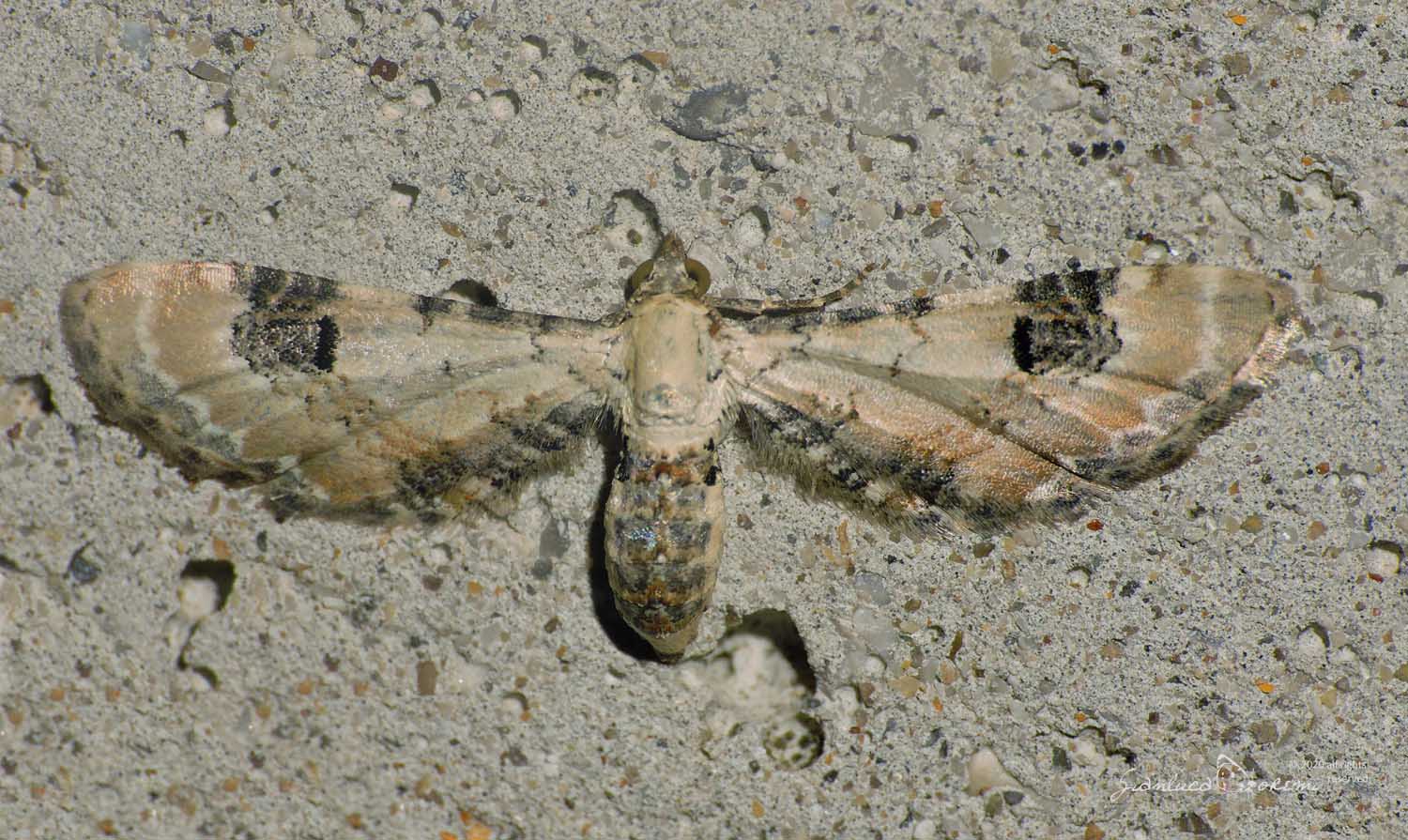
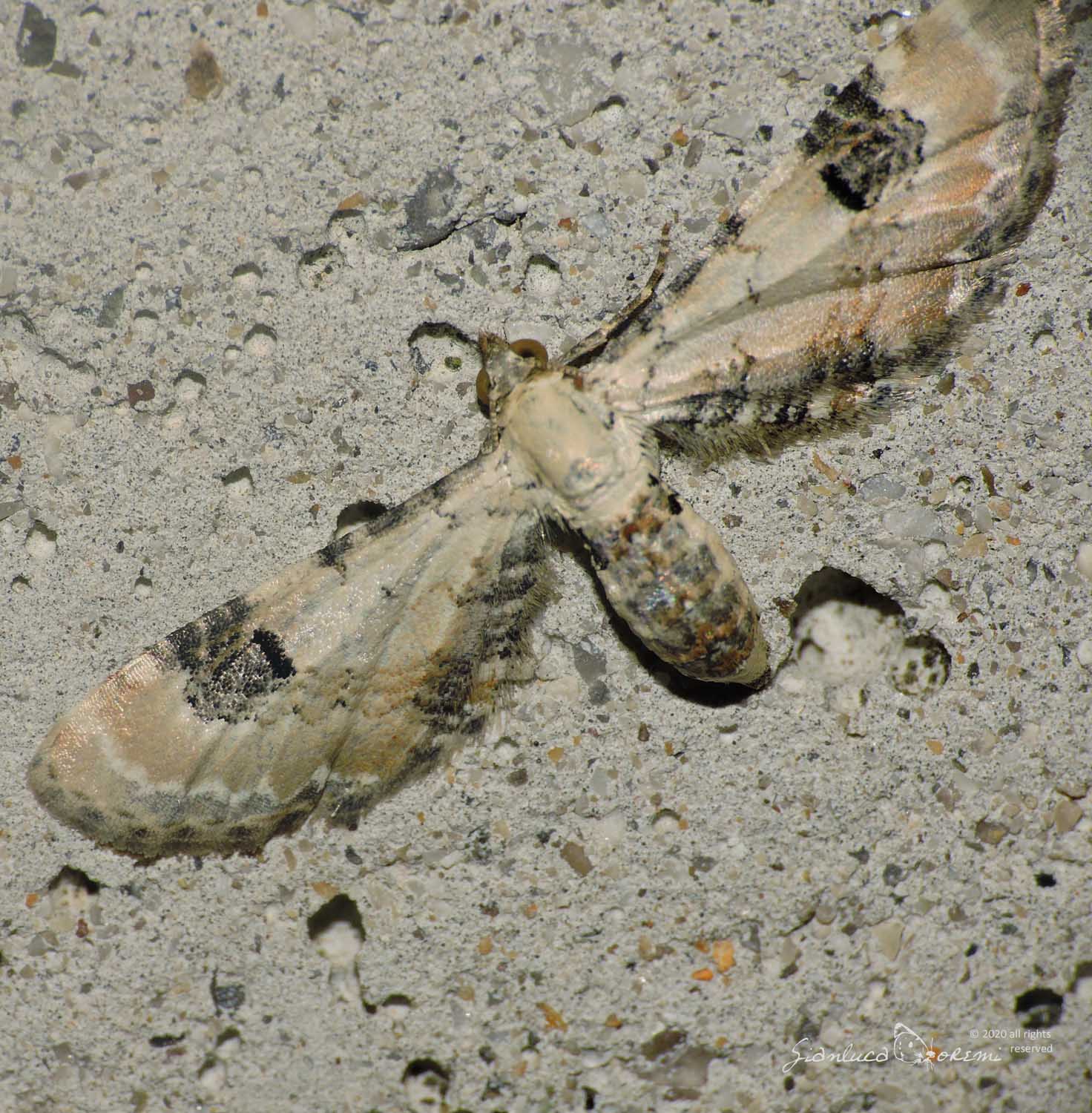

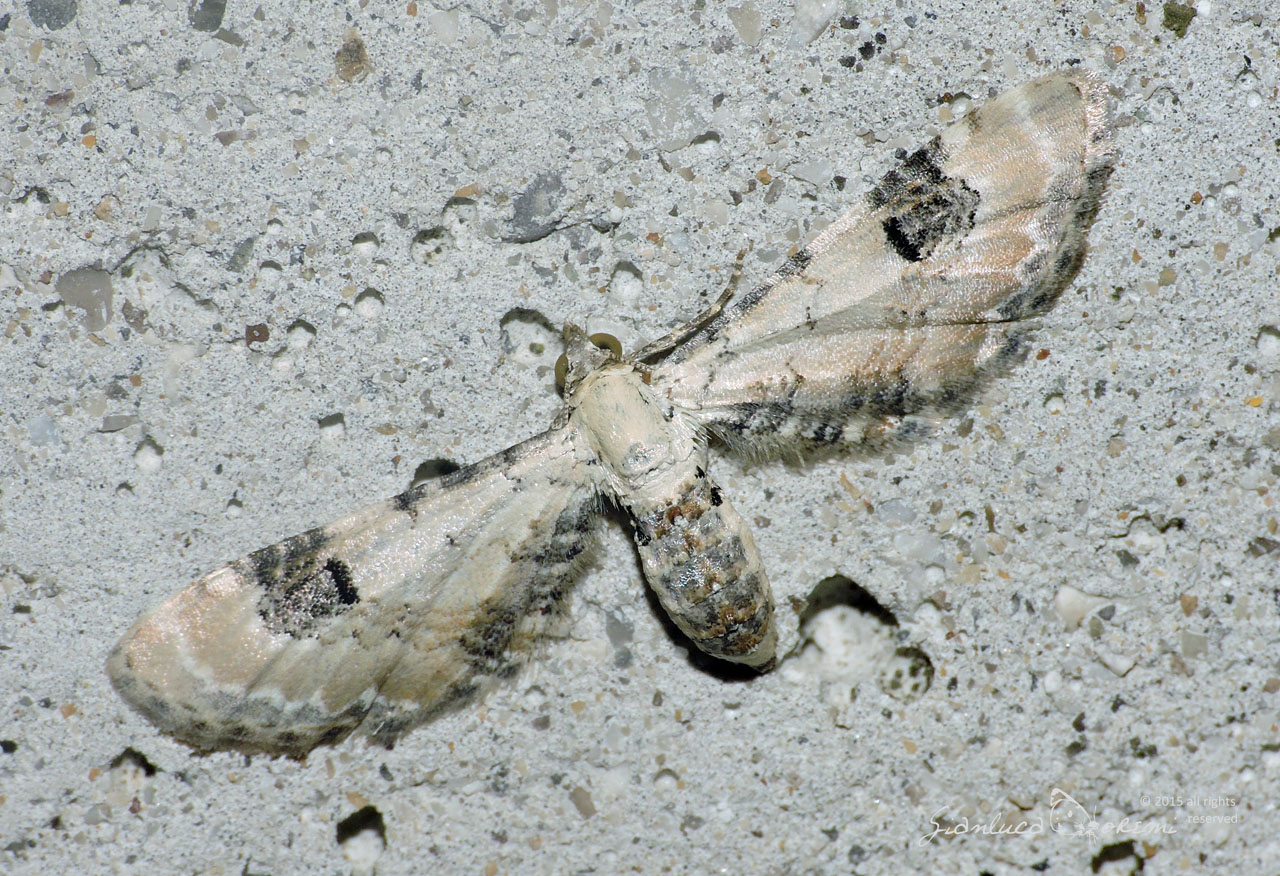
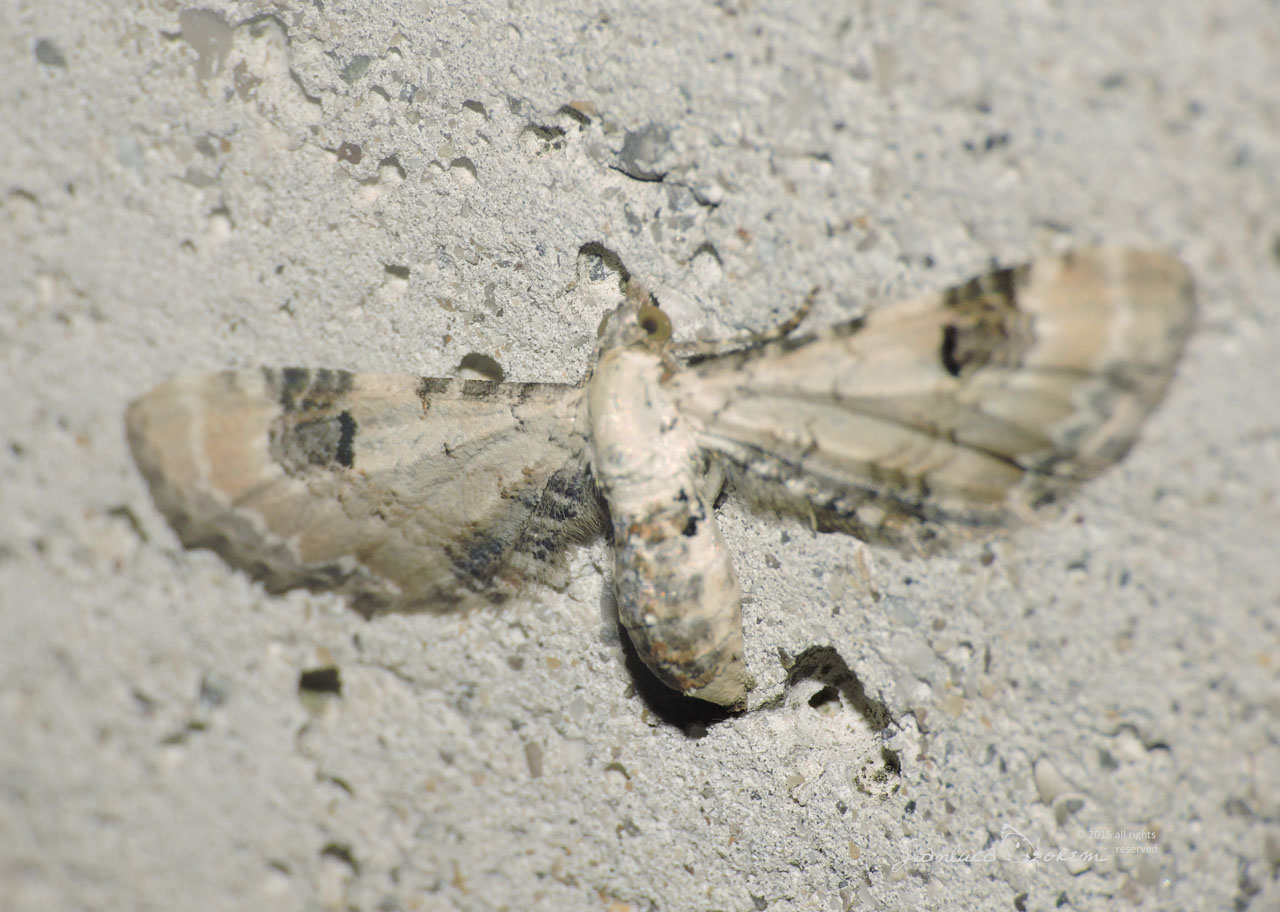
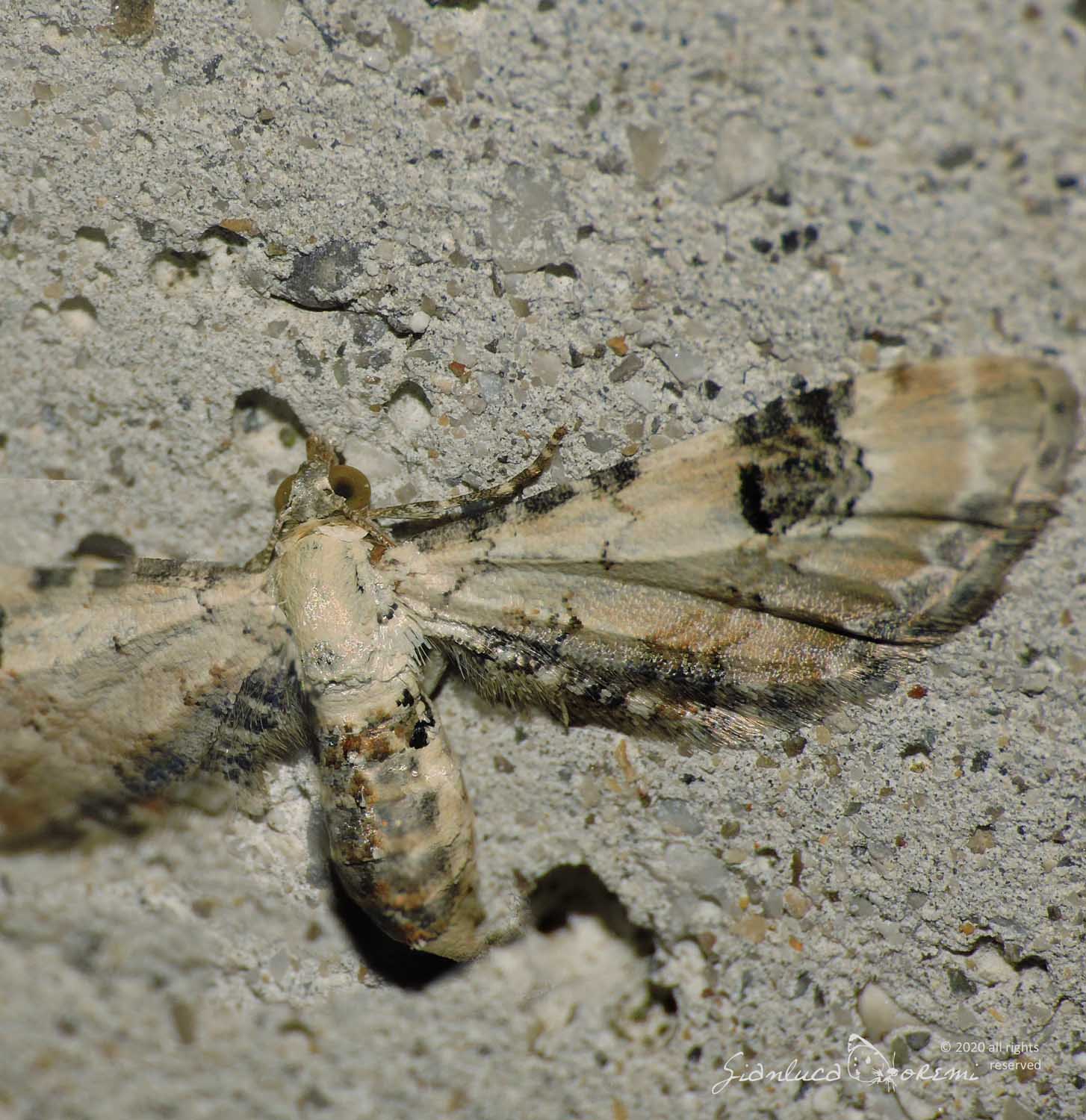


 EN
EN ITA
ITA
Social and publications